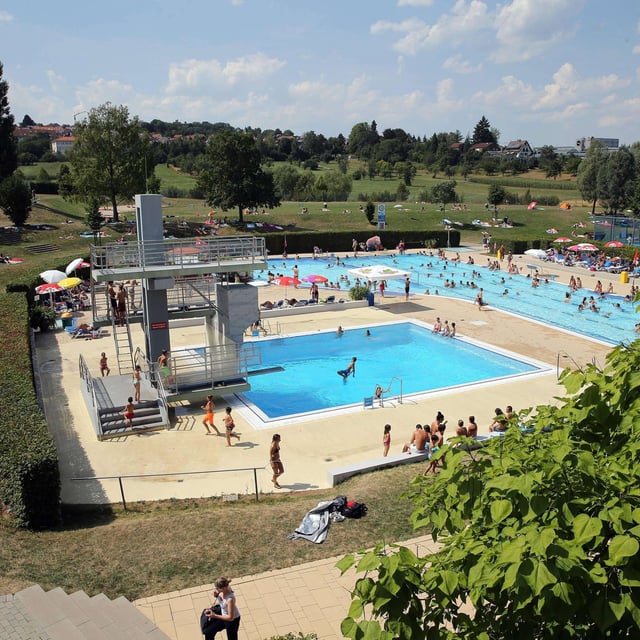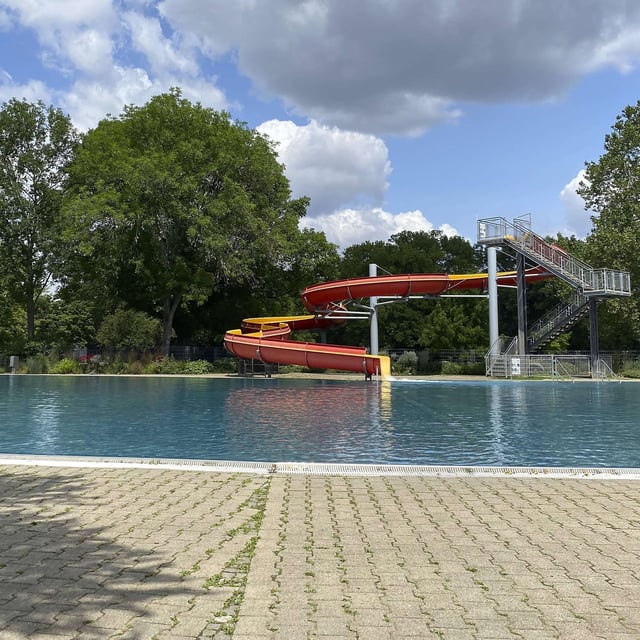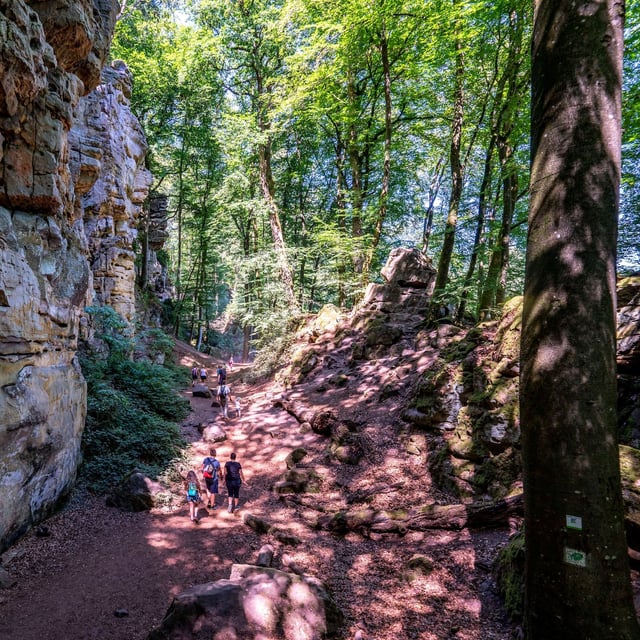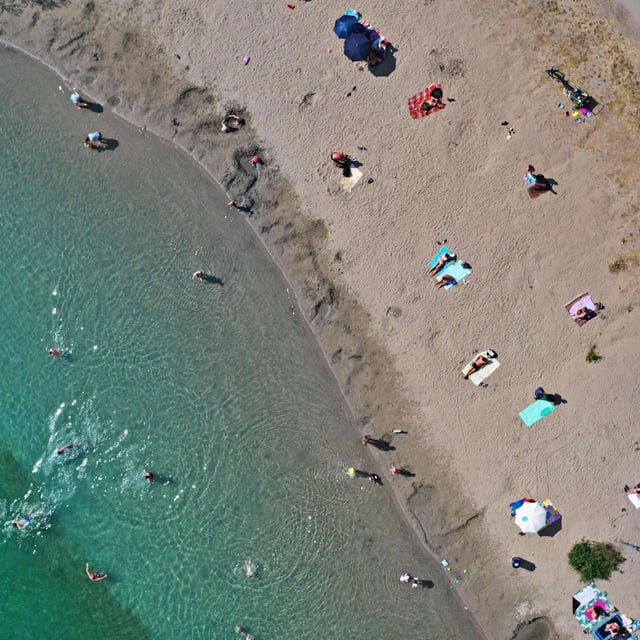Overview
- Germany’s lakes originate from volcanic maars, glacial basins and dam-built reservoirs, creating diverse settings from crater lakes in the Eifel to ponds in the Pfälzerwald.
- Many bodies of water such as the Windsborn-Kratersee and Schaalsee are legally protected as nature reserves or UNESCO biospheres, restricting boating and swimming in key zones.
- Destinations like the Laacher See, Bostalsee and Steinhuder Meer offer public beaches, boating facilities, fishing spots and extensive hiking or cycling routes around their shores.
- The Pulvermaar in Rheinland-Pfalz has risen in a new ranking of Europe’s hidden bathing paradises, while wild swimming there is linked to brown fat activation, stress resilience and improved sleep.
- From Schleswig-Holstein’s Plöner See to Thüringen’s Bleiloch-Stausee and Niedersachsen’s Dümmer See, Germany’s lakes cater to both family relaxation and adventure sports enthusiasts.



